Written by Bryan Dearsley
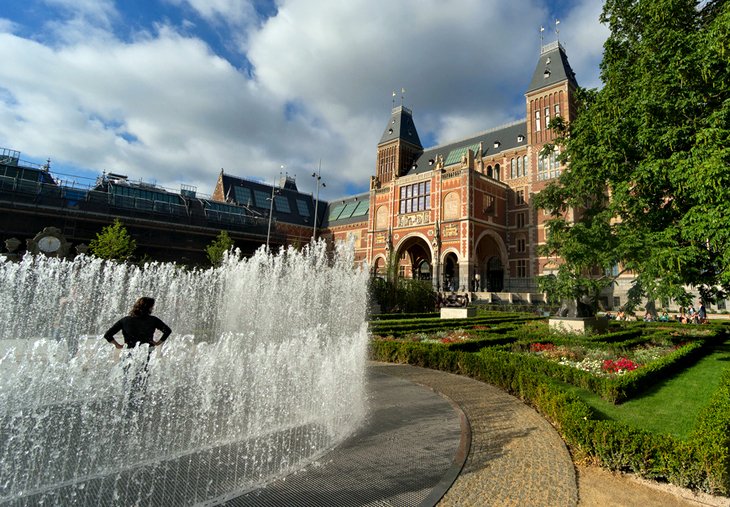
One of Amsterdam's most popular attractions - and certainly its most
important art repository - the Rijksmuseum was founded in 1809 to house
the country's huge collection of rare art and antiquities. The museum's
impressive collection includes some seven million works of art, among
them more than 5,000 important paintings spread across 250 rooms of this
sprawling building. In addition to its paintings, the Rijksmuseum
boasts a well-stocked library of more than 35,000 books and manuscripts,
as well as numerous fascinating displays dealing with the development
of art and culture in the Netherlands.
Of special note are its collections of traditional handicrafts,
medieval sculpture, and modern art styles. A variety of themed English
language guided tours are available. For a special experience, try the
fun art history canal cruise taking in many of the sites represented in
the Rijksmuseum's collections.
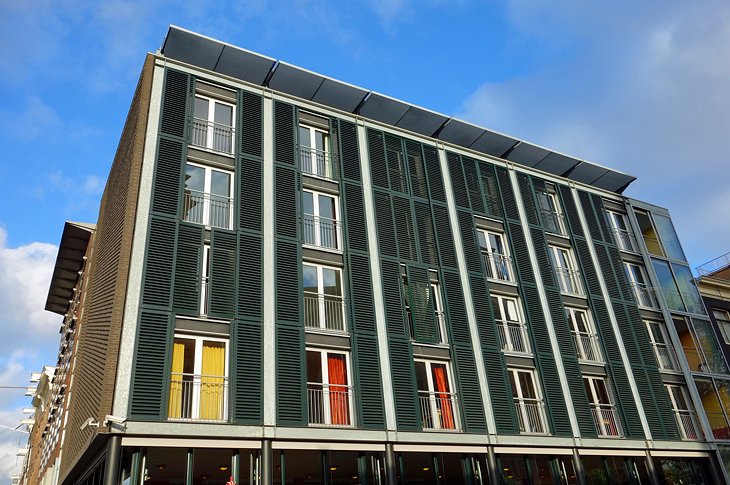
On the Prinsengracht, the Anne Frank Museum is dedicated to
the all-too-short life of one of the world's best-known Holocaust
victims. In the actual home in which Anne's family hid for much of WWII -
they were Jewish refugees from the German city of Frankfurt
- it was here that Anne wrote the diary that became an international
bestseller after the war, just a few years after her death at age 15
(she died just two months before the war ended). Much of the home has
been kept as it was during Anne's time, and it serves as a poignant
monument to a tragic period of history.
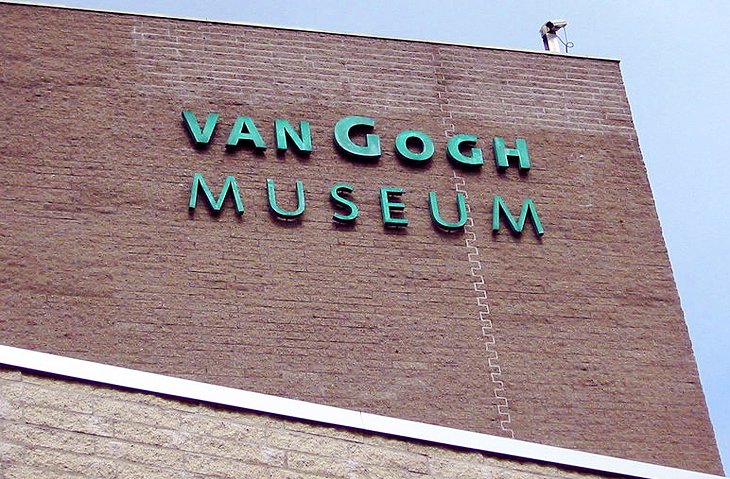
Few 19th-century artists have captured the imagination quite like
Vincent Gogh. Whether inspired by his tragic life or his remarkable
talent, some one-and-a-half million visitors are drawn to the superb Van Gogh Museum each
year. Widely regarded as one of the world's most important art
galleries (it's also the second most visited museum in the Netherlands),
it opened to great acclaim in 1973 and houses the world's largest
collection of Van Gogh paintings. All told, more than 200 paintings, 500
drawings, and 700 letters from Van Gogh are included in the collection,
as well as numerous works and related materials from his
contemporaries. (English language audio guides and phone apps are
available.)

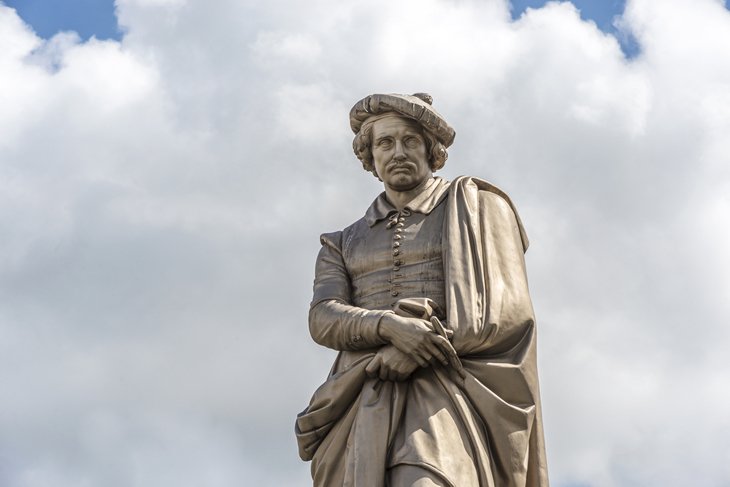
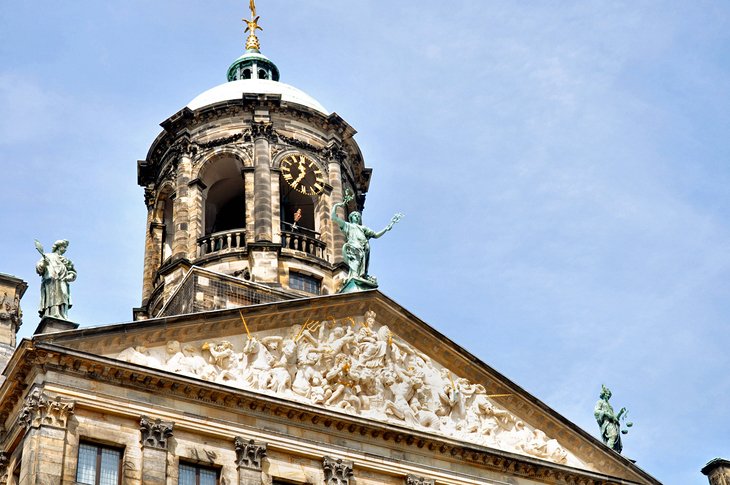
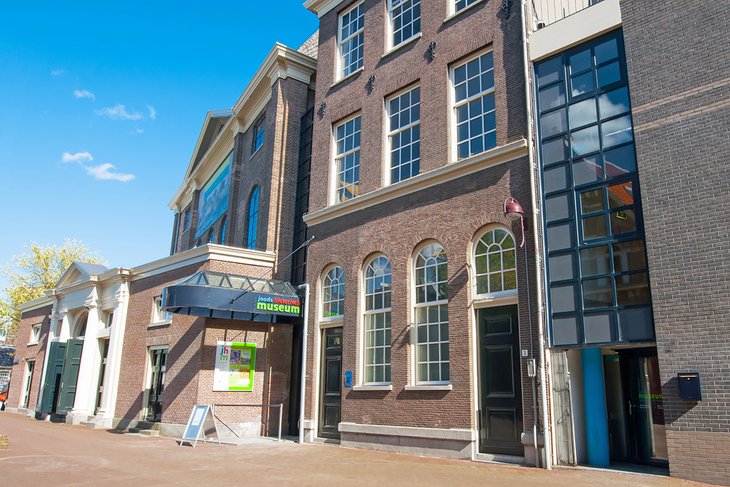
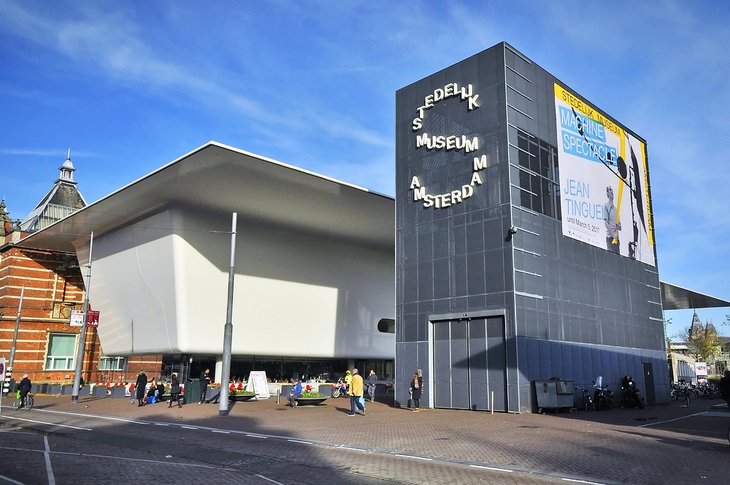
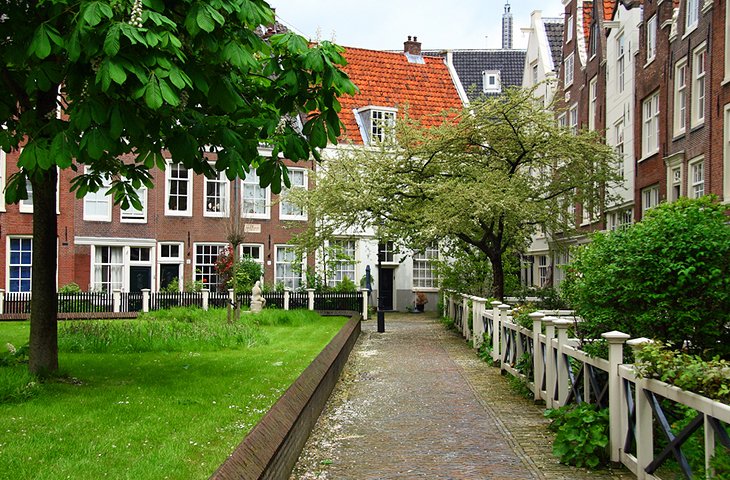
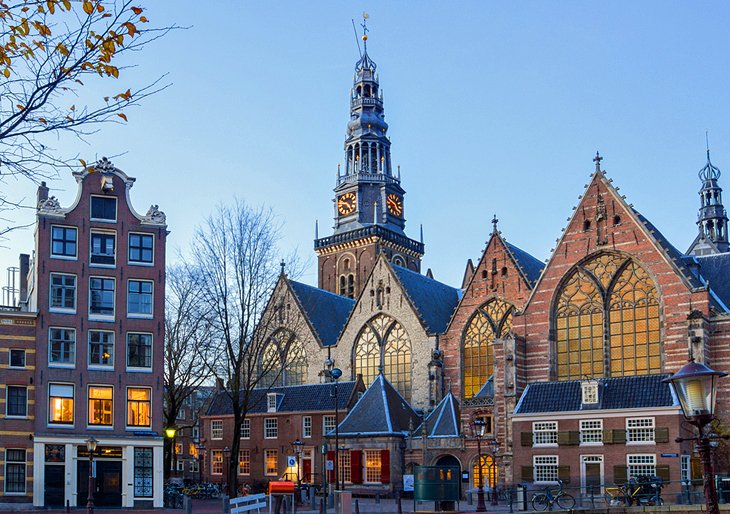
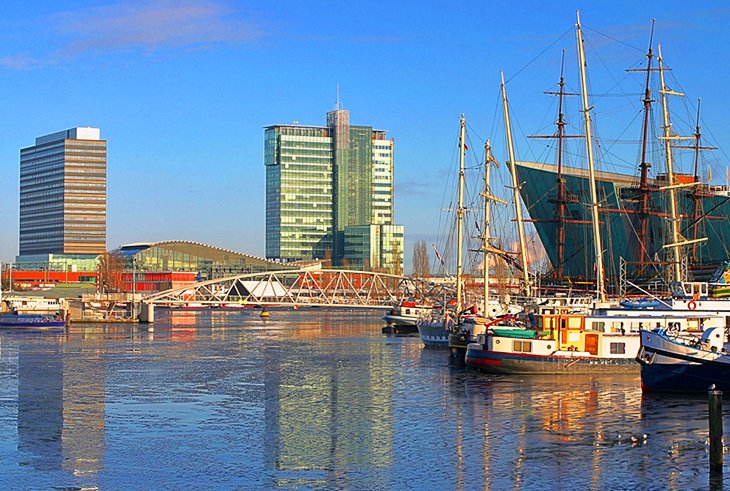
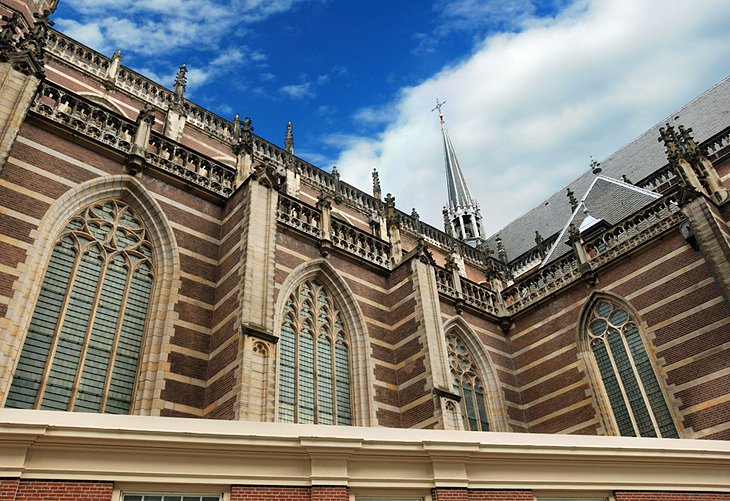
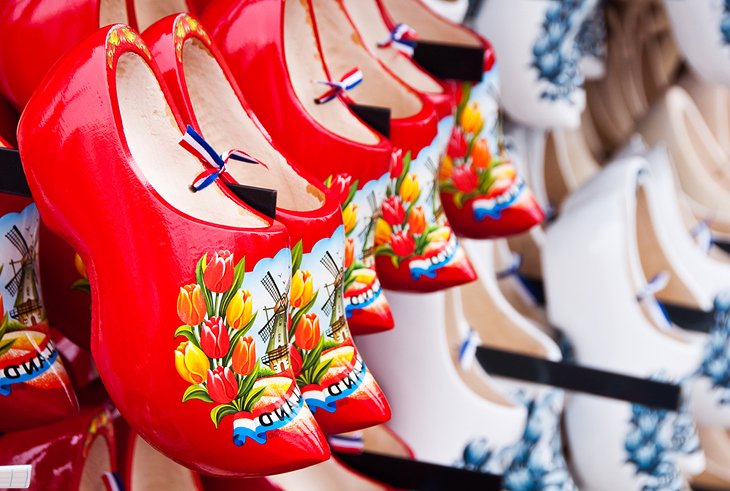
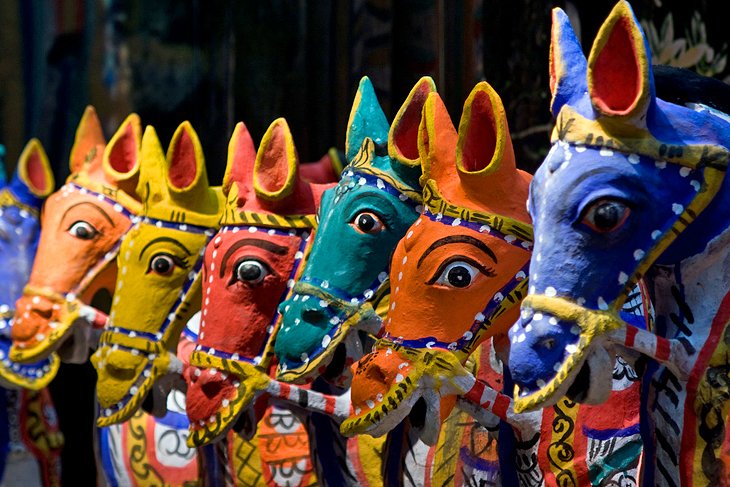
 Amsterdam offers a double dose of nature in the heart of the city. Hortus Botanicus Amsterdam, the city's botanical garden, is
one of the world's oldest. Founded in 1638, it began as a humble herb
garden for doctors and apothecaries. Today, it features rare plants and
trees, exotic flowers, and a large hothouse encompassing different
tropical zones. Less than a five-minute stroll away, Natura Artis Magistra ("Artis"),
Amsterdam's excellent zoo, spotlights creatures from around the world
in a shady garden setting dotted with historical buildings. In the
aquarium, you can learn about coral reef systems and take a peek under
an Amsterdam canal. Other highlights include the nocturnal animal house,
zoological museum, Insectarium, Butterfly Pavilion, and Planetarium.
Also of interest near these fun nature-based attractions is a replica of
the Normaal Amsterdams Peil, the NAP, which shows the average water level of the North Sea.
Amsterdam offers a double dose of nature in the heart of the city. Hortus Botanicus Amsterdam, the city's botanical garden, is
one of the world's oldest. Founded in 1638, it began as a humble herb
garden for doctors and apothecaries. Today, it features rare plants and
trees, exotic flowers, and a large hothouse encompassing different
tropical zones. Less than a five-minute stroll away, Natura Artis Magistra ("Artis"),
Amsterdam's excellent zoo, spotlights creatures from around the world
in a shady garden setting dotted with historical buildings. In the
aquarium, you can learn about coral reef systems and take a peek under
an Amsterdam canal. Other highlights include the nocturnal animal house,
zoological museum, Insectarium, Butterfly Pavilion, and Planetarium.
Also of interest near these fun nature-based attractions is a replica of
the Normaal Amsterdams Peil, the NAP, which shows the average water level of the North Sea.
Hortus Botanicus
Amsterdam, the capital of the Kingdom of the Netherlands, is one of the most popular tourist destinations in Europe.
With its universities, academies, and research institutes, along with
more than 40 museums, numerous theaters, and entertainment venues,
Amsterdam is the country's leading cultural center. In addition, the
city is famous for its historic homes, laid out in a pattern of
concentric segments in the shape of a fan and built on piles driven
through an upper layer of mud into the firm, sandy bottom up to 18
meters below. All told, some 6,750 buildings dating from the 16th to
18th centuries are crowded into an area of 2,000 acres, dissected by 160
canals (grachten), themselves home to numerous houseboats. Many
picturesque bridges link the city's 90 islands, eight of them old wooden
bascule bridges, including the Magere Brug (Mager Bridge), one of the
city's most frequently photographed.
1 The Rijksmuseum

The Rijksmuseum
by Viator.com
Address: Museumstraat 1, 1071 XX Amsterdam
Official site: www.rijksmuseum.nl/en
2 The Anne Frank Museum

The Anne Frank Museum
Franklin Heijnen
by Viator.com
Address: Prinsengracht 263-267, 1016 GV Amsterdam
Official site: www.annefrank.org/en/
3 Editor's Pick The Van Gogh Museum

The Van Gogh Museum
Aaron Silvers
by Viator.com
Address: Paulus Potterstraat 7, 1071 CX Amsterdam
Official site: www.vangoghmuseum.nl/en
4 The West Church

The West Church
Amsterdam's West Church (Westerkerk), famous as the location of the
wedding of former Queen Beatrix in 1966, is the most popular church in
the city. Completed in 1630, this Renaissance church is unusual due to
its many internal and external Gothic features. Its 85-meter tower,
popularly known as "Langer Jan" (tall John), is the highest in the city,
and on the tip of its spire is a large replica of the emperor's crown,
placed there in memory of Emperor Maximilian of Austria who, in 1489,
was cured of illness in Amsterdam and gave the city his protection and
the right to include his crown in its coat of arms. Inside the tower, a
carillon proclaims the hours, its hammer weighing an impressive 200
kilograms, while the largest of its 48 bells weighs some
three-and-a-quarter tons. Other highlights include a fine organ dating
from 1622, along with an interesting marble column placed there in 1906
in memory of Rembrandt, who was buried outside the church (he was later
reinterred inside the church).
Address: Prinsengracht 281, 1016 GW Amsterdam
Official site: www.westerkerk.nl/english
5 Rembrandt House Museum

Rembrandt statue in Rembrandt Square
Rembrandt, along with his wife Saskia, spent the happiest (and most
successful) years of his life in the house on the Jodenbreestraat, now
home to the Rembrandt House Museum. It was here, in the Jewish Quarter,
that he found models for his Biblical themes, and where he painted the
sights from his many outings along the canals. Rembrandt lived here for
20 years, and the house has been furnished in 17th-century style with
numerous etchings and personal objects. English language guided tours
are available.
A two-minute walk from Rembrandt House Museum, is Zuiderkerk (South Church) where three of Rembrandt's children are buried as well as one of his pupils. Constructed between 1603 and 1611, it was the first Protestant church to be built in Amsterdam after the Reformation and was designed by architect Hendrick de Keyser, who is also buried here. After extensive restoration, it is now a center for local cultural activities and events. Another Rembrandt-related destination in the city is Rembrandt Square, home to numerous cafés and restaurants, along with a statue of the famous painter.
A two-minute walk from Rembrandt House Museum, is Zuiderkerk (South Church) where three of Rembrandt's children are buried as well as one of his pupils. Constructed between 1603 and 1611, it was the first Protestant church to be built in Amsterdam after the Reformation and was designed by architect Hendrick de Keyser, who is also buried here. After extensive restoration, it is now a center for local cultural activities and events. Another Rembrandt-related destination in the city is Rembrandt Square, home to numerous cafés and restaurants, along with a statue of the famous painter.
Address: Jodenbreestraat 4, 1011 NK Amsterdam
Official site: www.rembrandthuis.nl/en/
6 The Royal Palace

The Royal Palace
Formerly the Town Hall, the Royal Palace serves as the King's
residence when he's in the city. Its construction was a monumental task
when started in 1648 and required the sinking of 13,659 piles to support
the mammoth structure. Based upon the architecture of ancient Rome,
the exterior is strictly classical, while the interior is magnificently
furnished, its apartments decorated with a wealth of reliefs,
ornamentation, marble sculptures, and friezes, along with
ceiling-paintings by Ferdinand Bol and Govert Flinck, pupils of
Rembrandt. Other highlights include one of the finest furniture
collections in the world; the City Treasurer's room with its marble
fireplace and ceiling paintings by Cornelius Holsteyn; and the Hall of
the Aldermen, also containing paintings by Bol and Flinck. The largest
and most important room is the Council Hall, sumptuously decorated and
one of the most beautiful staterooms in Europe. (English language guided
tours are available.)
Location: Dam, Amsterdam
Official site: www.paleisamsterdam.nl/en
7 The Jewish Historical Museum

The Jewish Historical Museum
Jessica Spengler
The Jewish Historical Museum (Joods Historisch Museum) is housed in
four redundant synagogues, one of which, the Grote Synagogue, dates back
to 1670. Highlights include a large collection of religious artifacts
such as silver Torah containers, Torah robes, and decorated Torah
headdresses, as well as hangings and ceremonial canopies (of particular
interest is the white marble Holy Shrine). The museum also has a large
library, while in the Upper Synagogue, the Obbene Sjoel, there's a
kosher restaurant. Of note outside the museum is the Docker Monument,
erected to commemorate a strike in 1941 when workers refused to
co-operate with the deportation of their Jewish fellow citizens. Also of
interest is the Portuguese Synagogue, a late 17th-century temple that houses the Ets Haim Library,
the oldest of its kind. For a more in-depth look at this fascinating
history, join one of the special English language tours of the Jewish
Historical Museum that includes the historic Jewish Quarter.
Address: Nieuwe Amstelstraat 1, 1011 PL Amsterdam
Official site: www.jhm.nl/english.aspx
8 The Stedelijk: Amsterdam's Municipal Museum

The Stedelijk: Amsterdam's Municipal Museum
Hans Splinter
Founded in 1895, the Stedelijk Museum - Municipal Museum Amsterdam -
is one of Europe's most impressive modern art collections. With a focus
on 19th and 20th-century Dutch and French painting, the museum features
works by a number of renowned art movements, including De Stijl, with
examples from Van Doesburg, Mondrian, and Rietveld; Pop Art, with works
by Rosenquist and Warhol; and painters such as Chagall, Dubuffet, De
Kooning, and Matisse. The sculpture garden also contains examples by
Rodin, Moore, Renoir, and Visser. English language guided tours are
available, as are fun family workshops.
Address: Museumplein 10, 1071 DJ Amsterdam
Official site: www.stedelijk.nl/en
9 The Begijnhof

The Begijnhof
The Begijnhof is one of those rare tranquil inner-city spots that
many tourists simply don't notice as they hustle from
attraction-to-attraction. And that's a shame, as this stunning old
corner of Amsterdam simply begs to be strolled. Although most of the old
homes are occupied, the tiny lanes and pathways around them provide
public access, so don't be shy to explore. You'll be rewarded with views
of well-kept green lawns - the courtyards - surrounded by some of the
oldest houses in Amsterdam, including its only remaining wooden house
from the 14th century. Originally occupied by a commune of pious
Catholic women (begijnen), the area's small chapel (still open for
services) saw the last of these women buried here in 1971.
Official site: www.begijnhofamsterdam.nl/home-en
10 The Old Church

The Old Church
The Old Church (Oude Kerk), built in 1306 and the first hall church
in North Holland, became the model for many other churches in the
region. Numerous additions were built over the centuries, such as the
large side chapels from the early 1500s. Also dating from this period is
a portal leading to the Iron Chapel, where documents showing the city's
privileges, including the freedom from tolls granted in 1275, were kept
locked behind an iron door. The tower was added in the 16th century and
has a carillon from 1658 that's considered one of the finest in the
country (it also offers great views over the city). The interior of the
church has features dating from before the Reformation, including three
magnificent windows from 1555 from the Dutch High Renaissance, and
finely-carved wooden choir stalls. After exploring this beautiful
historical building, take a two-minute stroll across the bridge to Zeedijk,
one of Amsterdam's oldest streets. Many houses along here lean at an
angle from the vertical, and the 15th-century house at No. 1 is thought
to be the oldest surviving building in the city.
Address: Oudekerksplein 23, 1012 GX Amsterdam
Official site: www.oudekerk.nl/en/
11 The Port of Amsterdam

The Port of Amsterdam
The Port of Amsterdam, almost 19 kilometers from the open sea on a
former bay named the IJ, is unaffected by tidal activity and remains a
busy harbor. From here, regular passenger and freight services head up
the Rhine to cities such as Dusseldorf, Koblenz,
and Basel. The port installations were built in 1872 in conjunction
with the construction of the North Sea Canal, the objective being to
restore the former importance of the capital city, which was being
overtaken by Rotterdam.
It's well worth spending a pleasant hour or two joining a cruise around
the harbor and canals, especially in the evening when the houses and
bridges are illuminated. Be sure to include a visit to the National Maritime Museum
(Scheepvaartmuseum) in a former naval storehouse on the Oosterdok and
home to an impressive collection of model ships, globes, navigation
instruments, and paintings. Another nearby attraction is Science Center Nemo,
a first-rate science museum housed in a stunning piece of architecture
that juts over the port area like the hull of a large ship. To cross to
the opposite bank of the IJ to the north of Amsterdam by car, you can
drive through the IJ Tunnel from the city center.
12 The New Church & the National Monument

The New Church & the National Monument
The New Church (Nieuwe Kerk), the official coronation church of Dutch
monarchs since 1814, lies in the heart of Amsterdam next to the Royal Palace
in Dam Square ("The Dam"). This historic square was built around 1270
to separate the Amstel from the IJ and gave the city its name. Today,
the square and the church are used for public functions such as antique
fairs and art exhibitions. Regular organ concerts also take place in
this 15th-century church. A striking feature is its magnificent pulpit
from 1649, a marvel of Baroque wood carving decorated with the four
evangelists and figures symbolizing Faith, Hope, Charity, Justice, and
Prudence. The church also has an organ from 1670, an exceptionally
beautiful choir screen cast in bronze, and fine choir stalls. Also of
interest are the tombs of famous Dutchmen including PC Hooft and
Nicolaes Tulp, and the Baroque tomb of Admiral Michiel de Ruyter who
died in 1679. The stained glass windows are beautiful; one of them dates
from 1650 and depicts the granting of the city's coat of arms by
William IV, while the Queen's Window from 1898 commemorates the
coronation of Queen Wilhelmina.
On the opposite side of The Dam, the National Monument, a 22-meter-high obelisk, was erected here after the Second World War as a memorial for its victims and a symbol of Liberation. It was designed by J. J. P. Oud and decorated with sculptures by J. W. Rädeler symbolizing, among other things, War (four male figures), Peace (woman and child), and Resistance (two men with howling dogs). Embedded in the obelisk are urns containing earth from the 11 provinces, and a 12th urn contains earth from the cemetery of honor in Indonesia. The monument was dedicated by Queen Juliana on 4 May 1956, the national day of remembrance. Every year on this date, wreaths are laid here and a two-minute silence is observed throughout the Netherlands. During other times, the monument is a place where young people from all over the world meet.
On the opposite side of The Dam, the National Monument, a 22-meter-high obelisk, was erected here after the Second World War as a memorial for its victims and a symbol of Liberation. It was designed by J. J. P. Oud and decorated with sculptures by J. W. Rädeler symbolizing, among other things, War (four male figures), Peace (woman and child), and Resistance (two men with howling dogs). Embedded in the obelisk are urns containing earth from the 11 provinces, and a 12th urn contains earth from the cemetery of honor in Indonesia. The monument was dedicated by Queen Juliana on 4 May 1956, the national day of remembrance. Every year on this date, wreaths are laid here and a two-minute silence is observed throughout the Netherlands. During other times, the monument is a place where young people from all over the world meet.
Address: Dam, 1012 NP Amsterdam
Official site: www.nieuwekerk.nl/en/
13 The Amsterdam Museum
Housed in the former municipal orphanage built in 1414, the Amsterdam
Museum consists of a number of spacious courtyards where visitors can
learn about the constantly changing role of Amsterdam in the country and
in the world. Highlights range from prehistoric finds and the town's
original charter to items from the present day, as well as displays
describing how the land was reclaimed from the sea. The inner courtyards
are also fun to explore and house other highlights such as the old
shooting gallery. There's also an on-site café. The library possesses a
rich collection of literature on the history of the city, and graphics
and drawings can be viewed by prior arrangement.
Address: Kalverstraat 92, 1012 PH Amsterdam
Official site: www.amsterdammuseum.nl/en/amsterdam-museum
14 Kalverstraat and Vlooienmarkt: Shop 'til you Drop

Kalverstraat and Vlooienmarkt: Shop 'til you Drop
There comes a point in every vacation when a little shopping therapy
is needed. Amsterdam boasts many great places to shop, whether for
high-end luxury goods, local crafts, or fun souvenirs. The best known -
and usually the busiest - is the Kalverstraat with many smart boutiques,
galleries, perfumeries, cafés, and restaurants. While the crush of
humanity can be a little intimidating (especially on a Saturday), it's
an experience you won't soon forget. For a completely different shopping
experience, head over to the Vlooienmarkt, Amsterdam's famous flea
market, held here since 1886. It's a veritable smorgasbord of wares,
with everything from antiques and food to clothes, both new and used.
Another unique shopping experience awaits at the Flower Market of Amsterdam, an amazing spectacle including every type of plant imaginable. Most of the best shopping streets fan out from the Muntplein, a city square that was once home to a sheep market in the 15th century. Rising above the square is the Munttoren (Mint Tower), which dates from 1672 when Amsterdam was the site of the mint for two years while the French occupied Utrecht.
15 The Museum of the Tropics

The Museum of the Tropics
Niels
The Museum of the Tropics (Tropenmuseum), established in 1864, is a
fascinating excursion for those with an interest in the history of the
Netherlands' former colonies. Set in a cavernous hall built especially
for it, the museum contains numerous displays of art and everyday
objects from tropical and subtropical areas. It's fun to explore as you
wander around the authentic bazaar and peek inside the houses of the Far
East as well as the fully stocked oriental shop. The museum also hosts
regular concerts of Eastern and Asian music using traditional
instruments (English language guided tours are available).
Address: Linnaeusstraat 2, 1092 CK Amsterdam
Official site: www.tropenmuseum.nl/en
16 The Botanical Gardens & the Zoo

Butterfly at Natura Artis Magistra
Hortus Botanicus
- Address: Plantage Middenlaan 2a
- http://dehortus.nl/en/home
- Address: Plantage Kerklaan 38-40
- http://www.artis.nl/en/artis-royal-zoo/
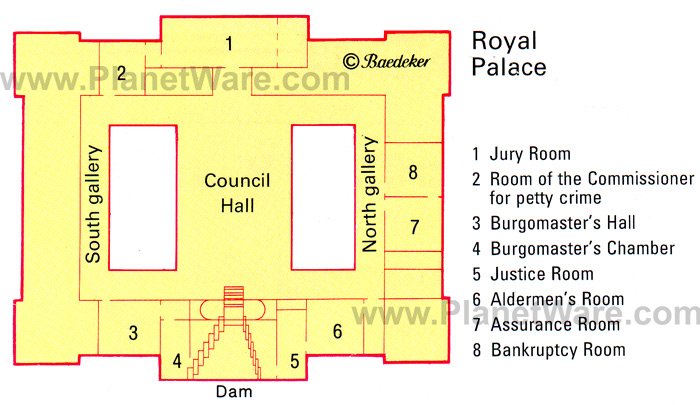
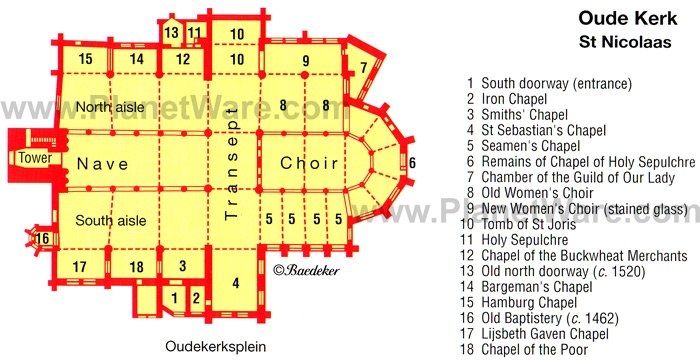
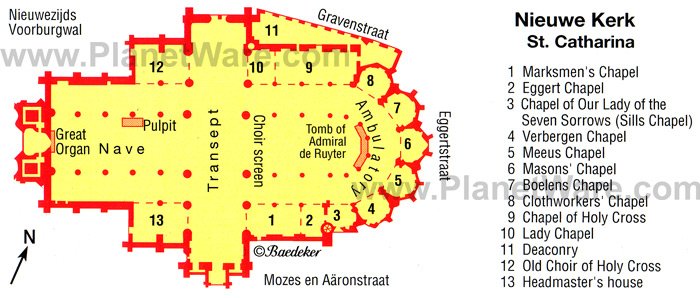
No comments:
Post a Comment